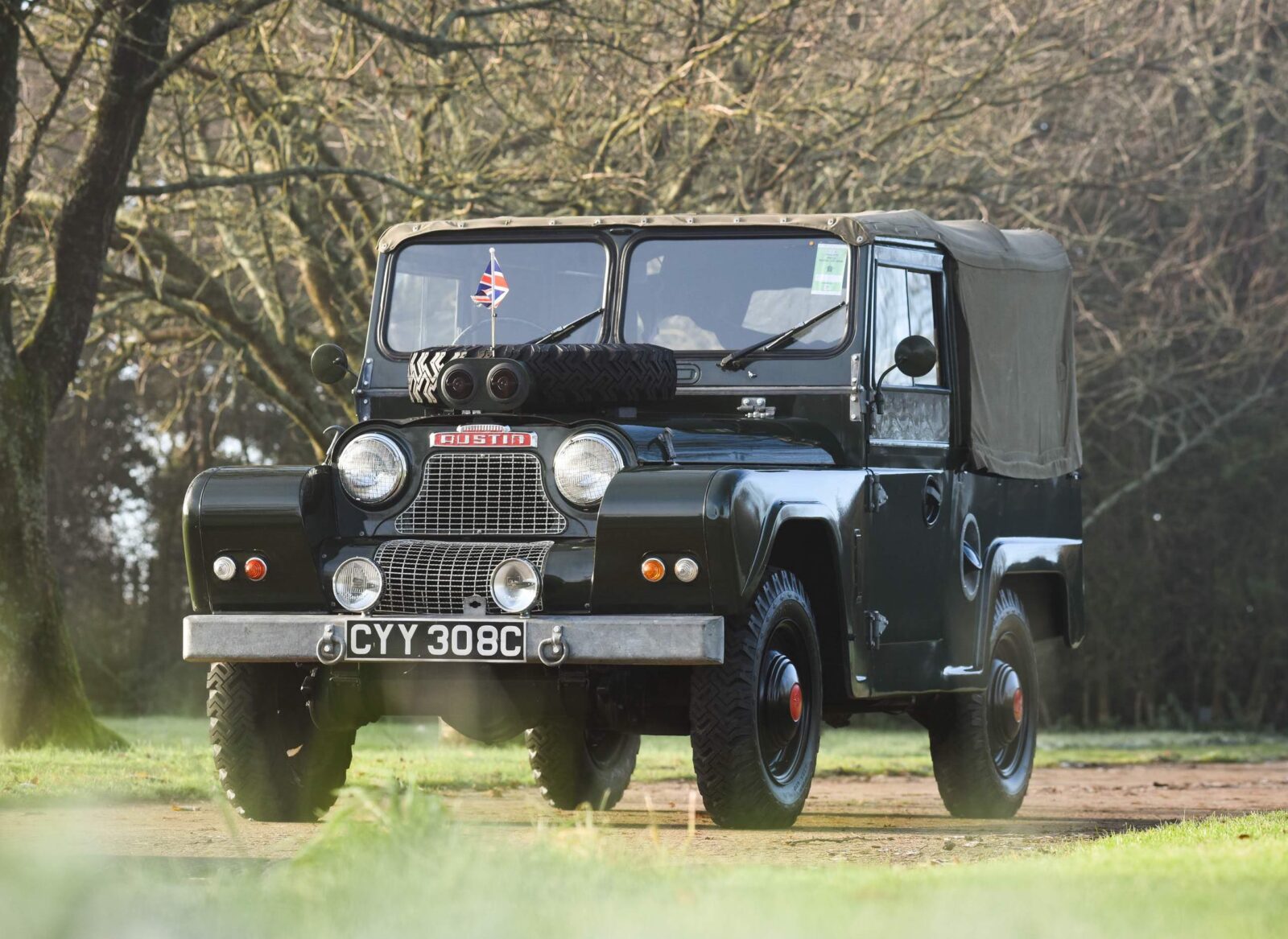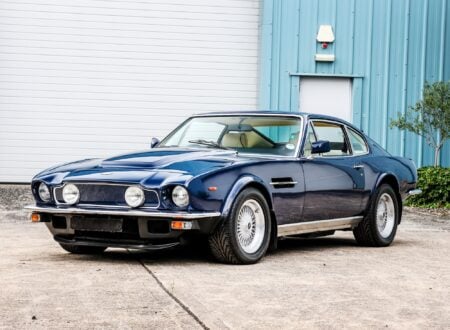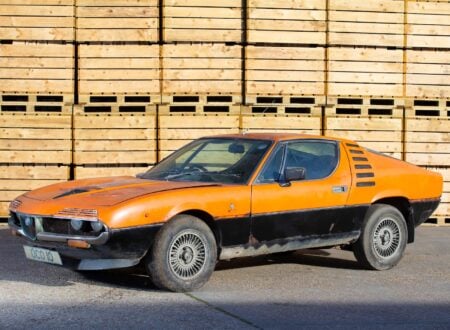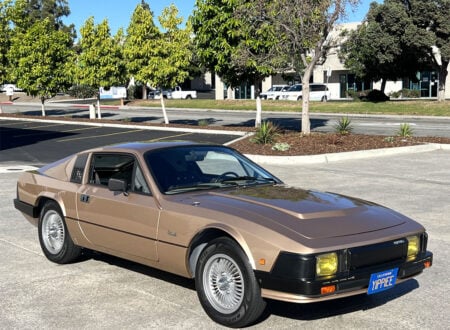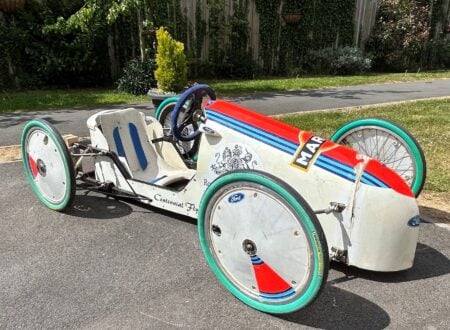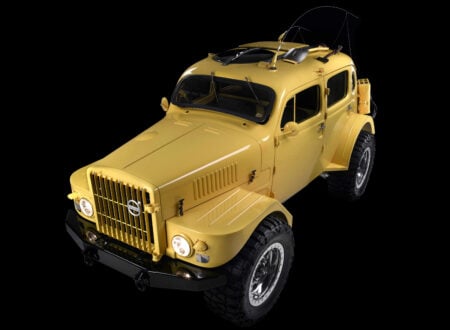This 1965 Austin Gipsy was originally stationed at a nuclear base in North Wales where it was on standby for a nuclear attack on Britain. If such an attack occurred its job was to go out in search of survivors and bring them to safety.
The Austin Gipsy is a lesser-known period rival for the Land Rover, it was built by the Austin Motor Company from 1958 to 1968 targeting both civilian and military buyers. It had a slew of unique features, like all independent suspension, and almost 23,000 of them were made before production ceased.
Fast Facts – The Austin Gipsy
- The Austin Gipsy was developed as the successor to the not-so-successful Austin Champ that had been produced from 1951 to 1956 as a competitor to the Series 1 Land Rover and the American Jeep.
- The Austin Champ had a number of drawbacks which were all largely solved with the release of the Austin Gipsy, the Gipsy was far more Land Rover-like though it did offer a number of arguably better features – like independent suspension on all four corners thanks to “Flexitor” rubber springs developed by Alex Moulton.
- The Gipsy was built around a rounded steel box-section chassis, it was fitted with a body made up of steel panels, and it used the traditional front engine layout with power sent to a central gearbox and transfer case to either all four wheels or the rear wheels only.
- The Austin Gipsy you see here was originally bought by the British Home Office, it was sent to a nuclear base in Wales where it would remain on standby for use after a nuclear attack on Britain – to rescue survivors from the decimated towns and villages of the region.
Building A Better Land Rover
In the mid-1950s it was clear to the executives at the Austin Motor Company that they had failed to build a suitable Land Rover competitor with their Austin Champ which had been released in 1951. The Champ was deemed to complex, and a maintenance and repair nightmare by those who had to work on it.
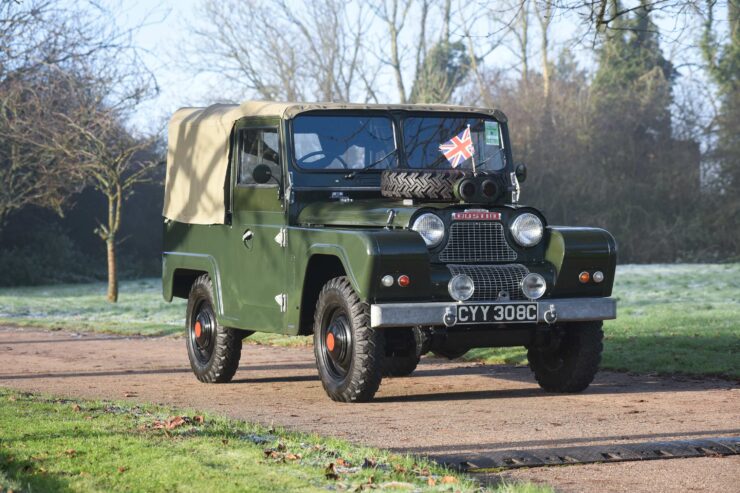

The engineers at Austin were sent back to the drawing board in the mid-1950s to come up with a new blank-slate design. They would incorporate the better features of the earlier Austin Champ, like independent four-wheel suspension, with the best features of the Land Rover and the Jeep from across the Atlantic.
Their new four wheel drive would be called the Austin Gipsy and it had more than a passing resemblance to the Series 1 Land Rover, though the two vehicles were very different under the skin. The new Gipsy was given a rounded steel box-section chassis onto which a body made up of steel panels was fitted – rather than the aluminum alloy used by the Land Rover.
The aforementioned independent suspension was built using “Flexitor” rubber springs, these were invented by British engineering genius Alex Moulton, the same man who developed the similar hydrolastic suspension system for the Mini. Power was provided by the 2199cc BMC petrol engine, a version of the one used in the Austin A70 though it was given a low compression ratio (6.8:1) to better handle low-octane military fuel.
A 2178cc diesel-engine version was also offered, though it didn’t sell in the same numbers as its gasoline powered sibling. The petrol engine produced 62 bhp at 4,100 rpm and 110 lb ft of torque at 1,500 rpm, the diesel version made 55 bhp at 3,500 rpm and 89 lb ft torque at 2,750 rpm. Later petrol engines fitted to the Gipsy offered more power, likely to better compete with the Land Rover.
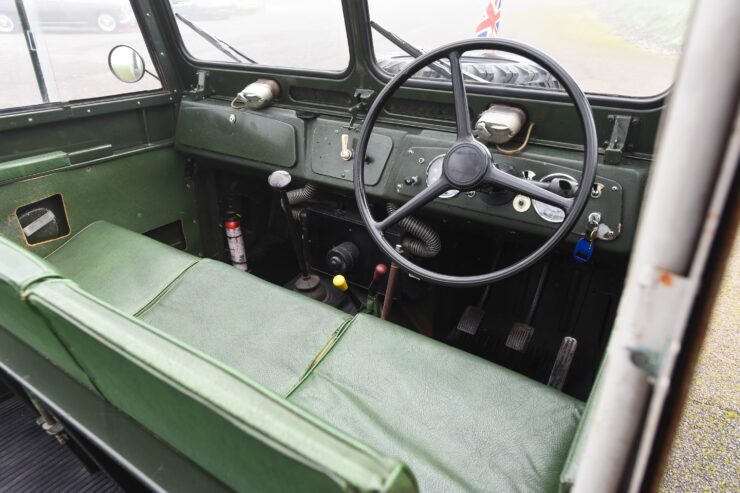

Power was sent back through a 4-speed manual gearbox with syncromesh on 2nd, 3rd, and 4th but none on first. A 2-speed transfer case was also used, on earlier vehicles it offered 2×4 high and 4×4 low with a PTO (power take off), but later versions had 4×4 in both high and low range as well as the PTO for operating machinery.
Both long and short wheelbase versions of the Gipsy were made, most had canvas soft tops but hard tops were an option on later models. The British Home Office purchased a fair number of the vehicles, likely seeing it as a good home-grown backup plan for the Land Rover.
Despite their best efforts Austin failed to sell them in numbers anywhere near the Land Rover, and when the British Motor Corporation (BMC) merged with Leyland to form British Leyland the Austin Gipsy and the Land Rover were being build by the same company and competing with one another – something had to give and production of the Gipsy was cancelled.
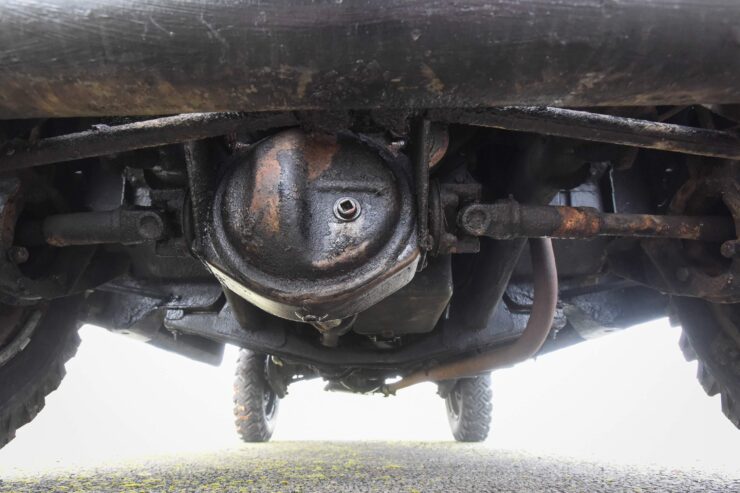

The 1965 Austin Gipsy Shown Here
The vehicle you see here is a 1965 Austin Gipsy with a fascinating backstory, as noted above it was bought by the British Home Office and stationed at a nuclear military base in North Wales. It was intended as a rescue vehicle and for surveying the damage after a ballistic nuclear missile strike during the dark days of the Cold War – though thankfully it was never needed.
Remarkably it remained in military use for 32 years and it wasn’t retired until 1997, but which time it had accumulated just 1,600 or so miles on its odometer.
It’s now being offered for sale through Car & Classic out of England and it comes with three folders containing a wealth of associated paperwork, a copy of Driver’s Handbook, the service manual, and a slew of other documents including the 2002 Austin Gipsy Register Magazine featuring CYY 308C on the cover.
If you’d like to read more about this unusual British four wheel drive or place a bid you can visit the listing here.
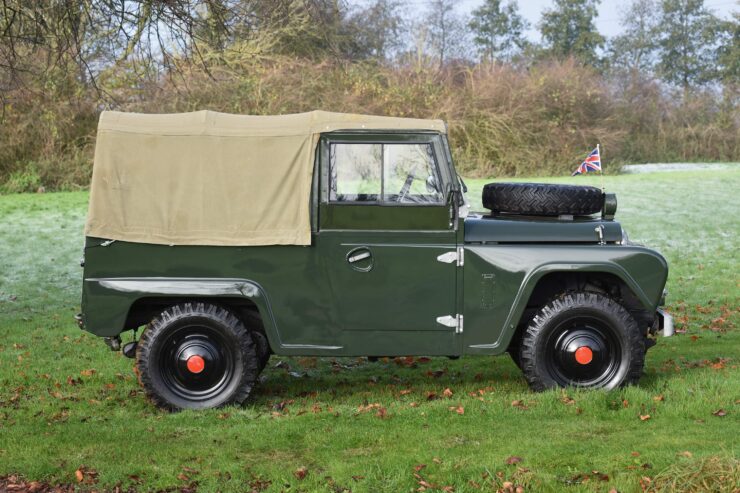
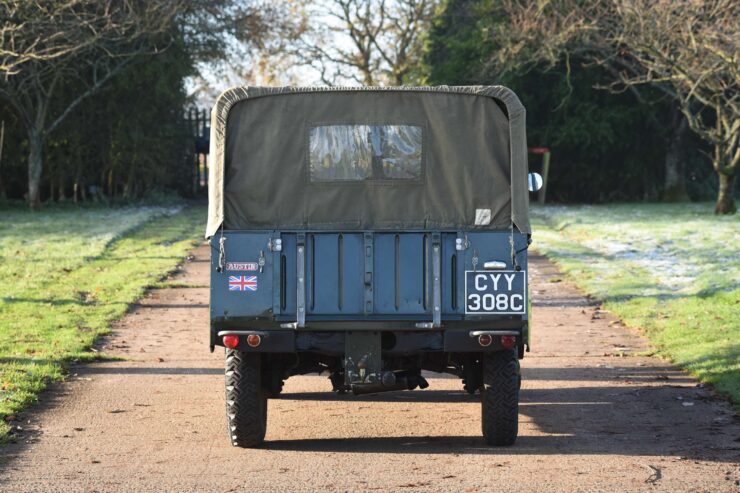
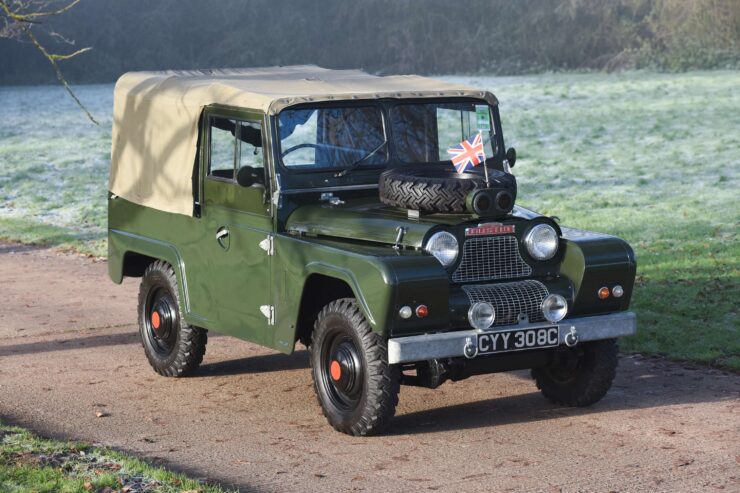
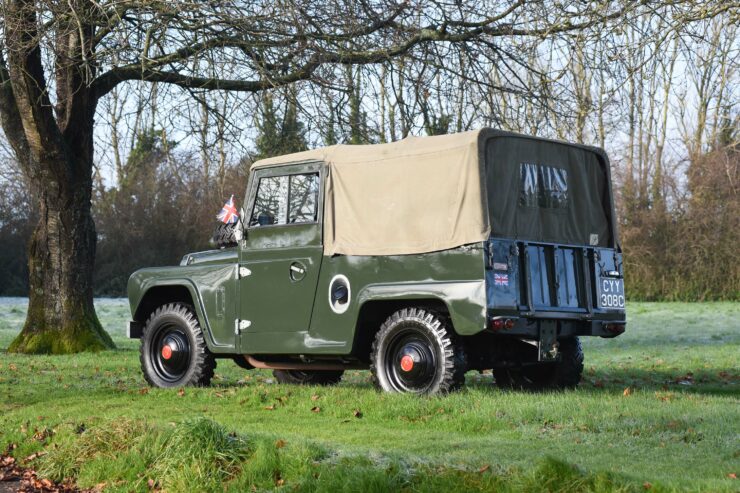
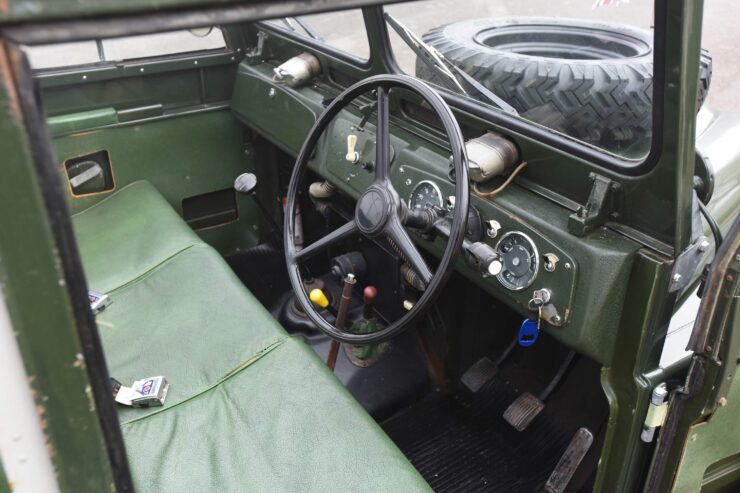
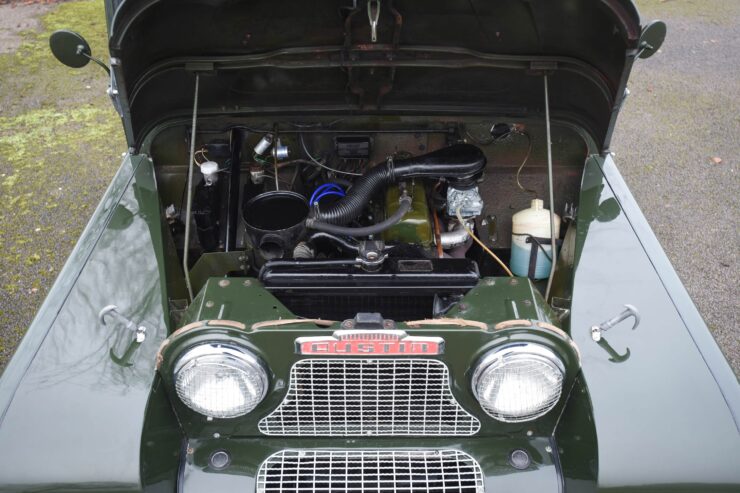
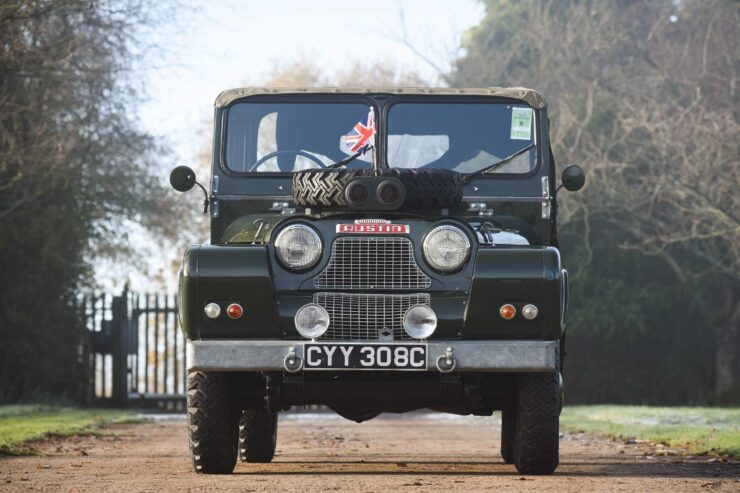
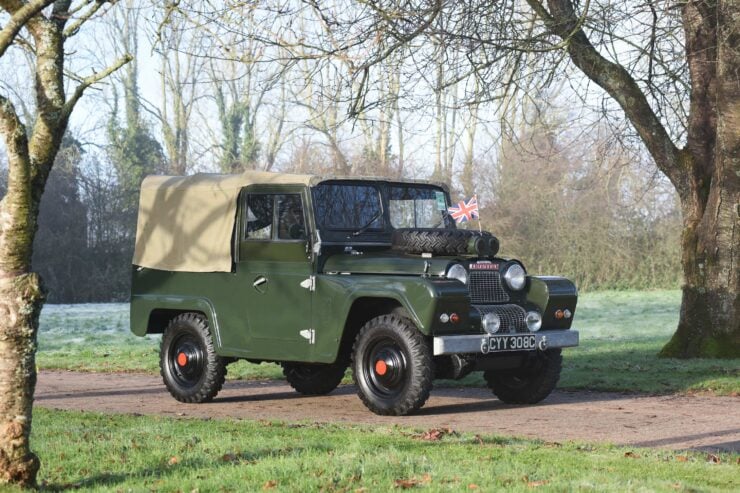
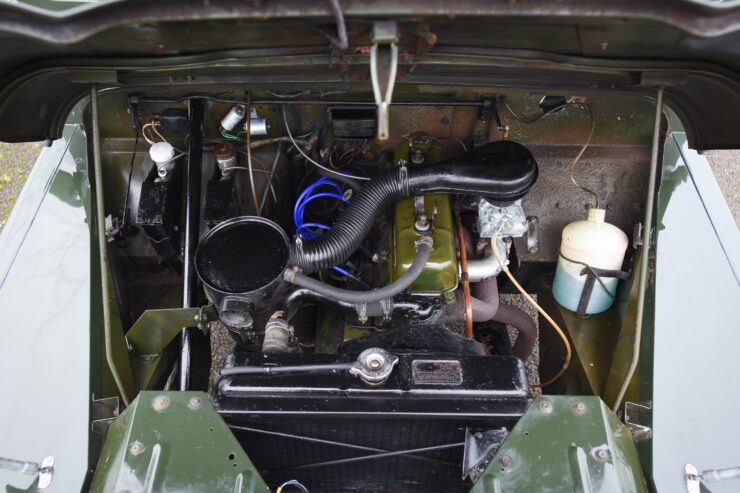
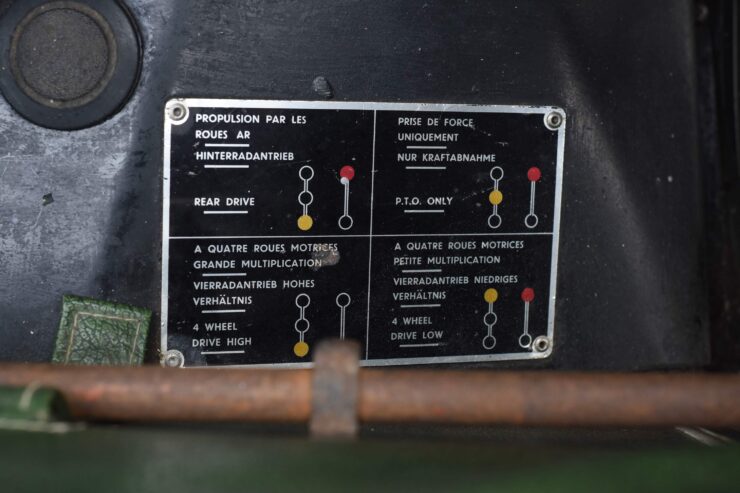
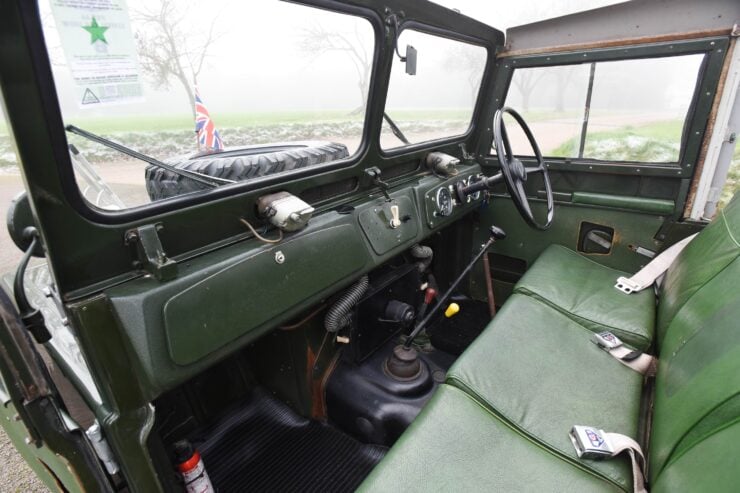
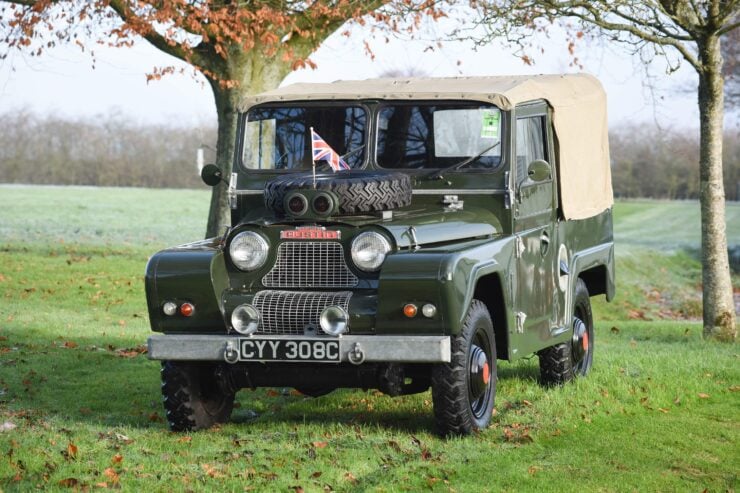
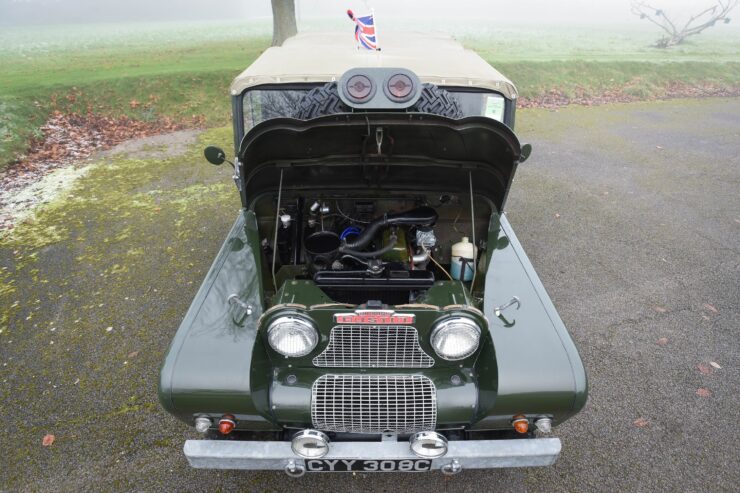
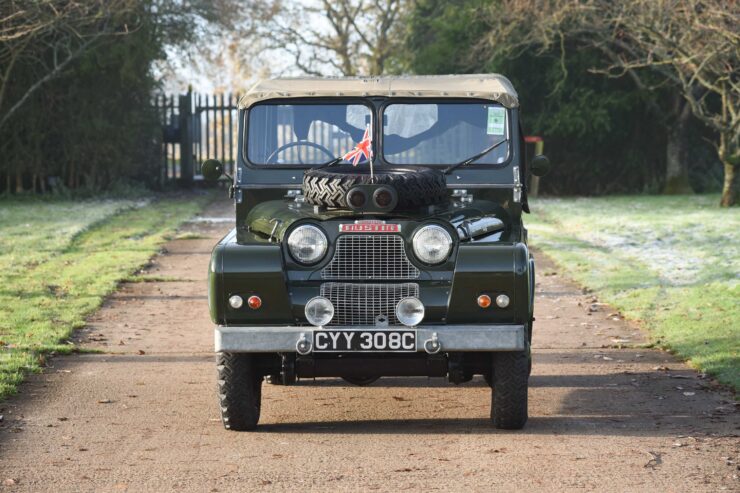
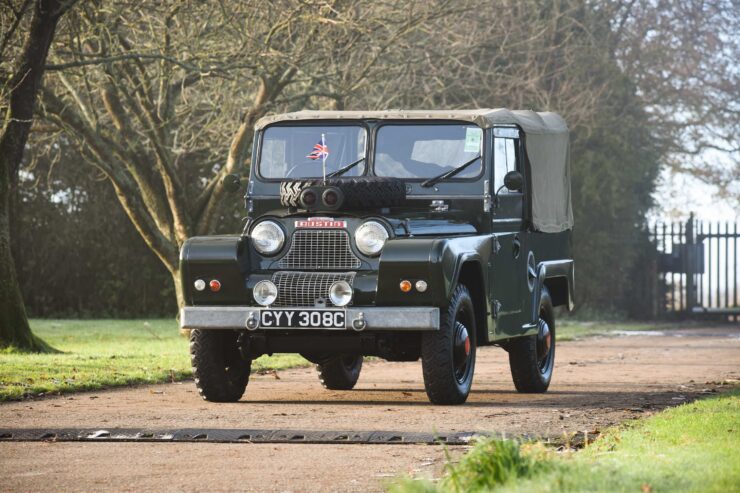
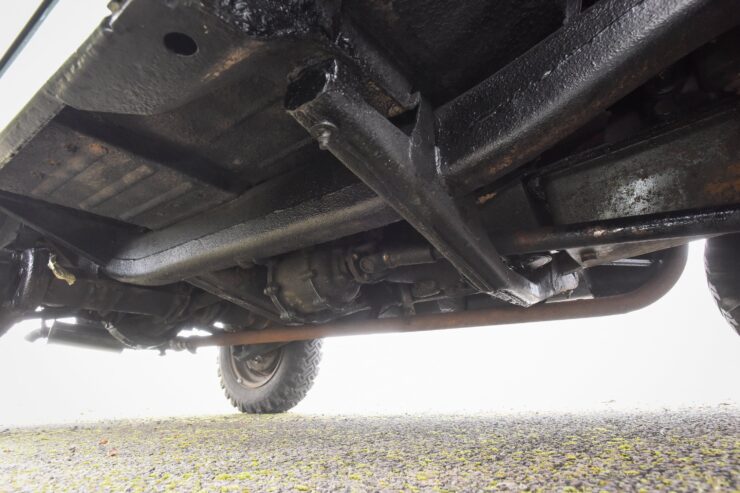
Images courtesy of Car & Classic

